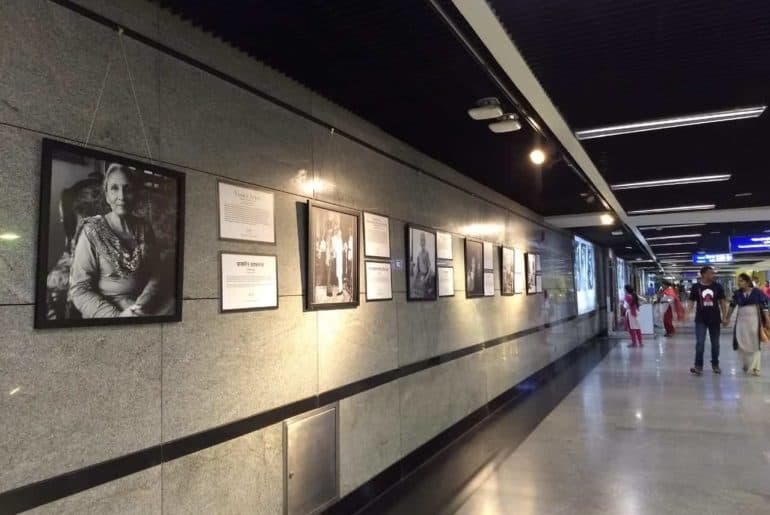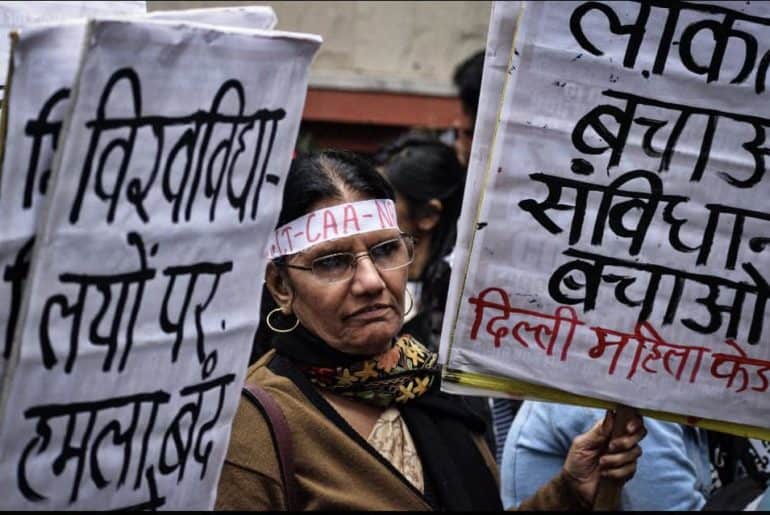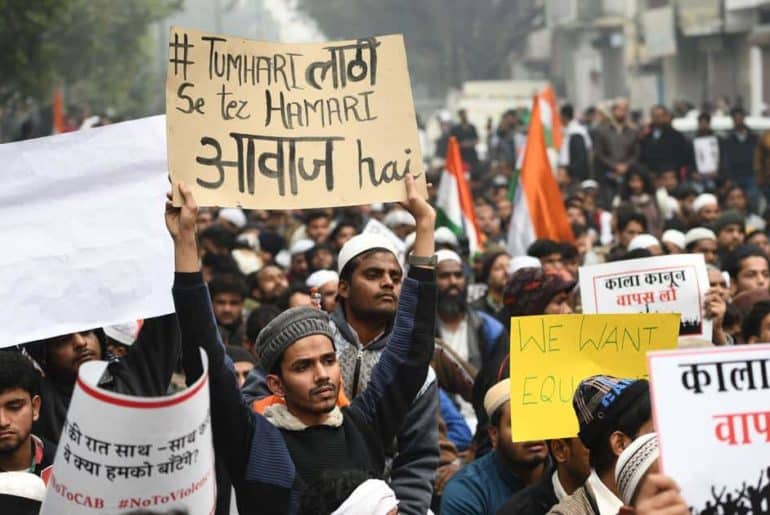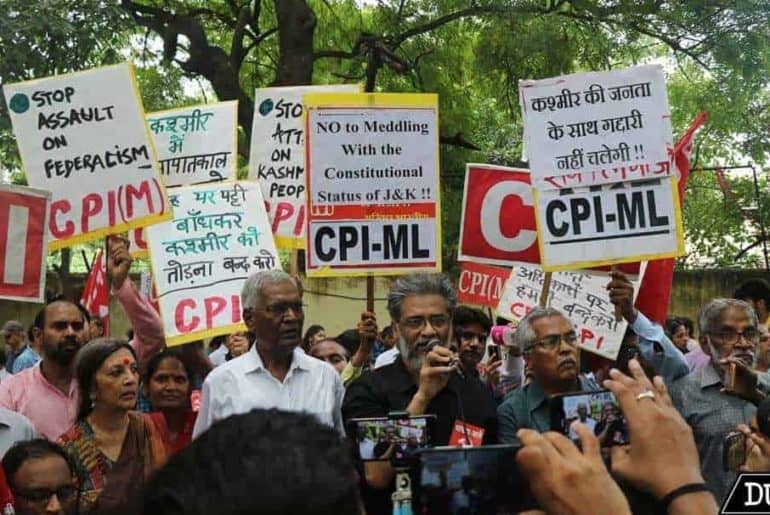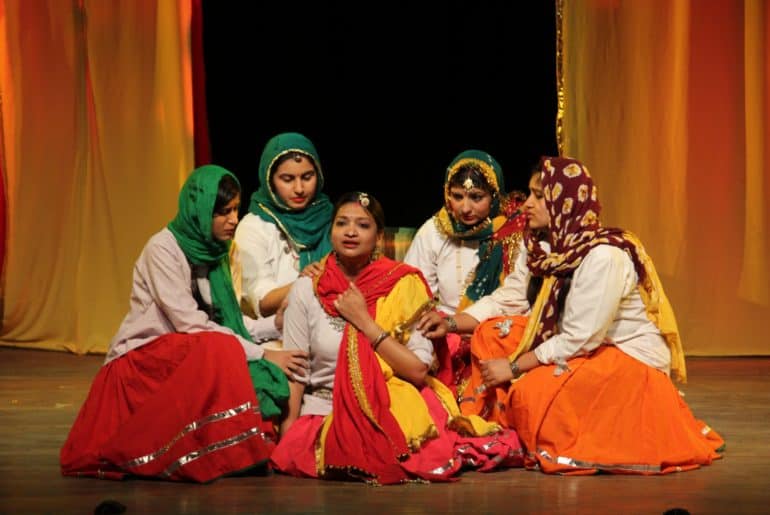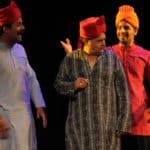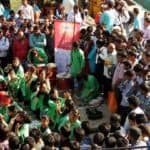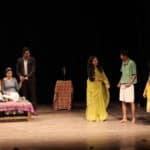Mandi House Metro Station turns out to be a quintessential hotspot for every history-forager as a photo-exhibition on the 1947 Partition opens the door to a far-off reality.
After a long day at college, one might want to escape the exasperation and break away from the monotony of metro journeys. Here is some respite- get off at Mandi House, take the escalator and find yourself in the world of others’ reality, learn what happened during the partition.
Further, here’s the answer to every “Why should I go to the exhibit?”:
One knows more about the “What?” and “Why?” of the partition, but it’s time to delve into the “How?” of the partition.
There exists a different 1947 and independence in many hearts, away from the rejoiced call of freedom and the attainment of autonomy. “I was traumatised. I was standing there, not knowing what is happening. He- the gunman- was only ten feet away…. he shot at me few times… He missed (everytime). So I started running, ” expresses Ali Shan. Zafar Afaq Ansari further quotes, “I feel like I am a bottled plant, a bottle can be kept here… here… I have no roots.”
According to the 1947 Partition Archives, the Partition gave way to the world’s largest mass human displacement as nearly 1,50,00,000 people associated to the basic need of shelter as a luxury. These affected lives found no place in the public archives, hence 1947 Archive’s creation is a multidimensional textbook.
It introduces and harnesses the latent power of Citizen Historians, comprising of volunteer movement. History bids farewell to lousy lectures as 500 people from over 20 countries become historians, with 1000 interviews in 9 languages- history becomes everybody’s story.
Learn about Usha Bhardwaj’s anarchical holiday in Kashmir and her memories of almost leaving her brother behind on the platform.
Read about Paramjit Kaur Dhanao’s life during the Partition as she narrates her struggle of being separated from friends and family due to borders.
Witness the clenching of jaw as Narinder Kaur Oberoi tells the readers about an incident where a father had to kill his own daughter, fearing the brutality along the borders the awaited their journey, and as Gopi Bhatia mentions the month long communication snap from her father during the period of severe rioting.
Abdus Salam, Adarsh Saran, Puran Dang, Mohinder Singh Chadha and many more have their stories along the walls of Mandi House Metro Station, making its readers rethink the idea of ‘celebrating’ 15th August and wonder how lines along landmass affect lives.
Image Credit: www.1947partitionarchive.org
Priyanshi Banerjee

